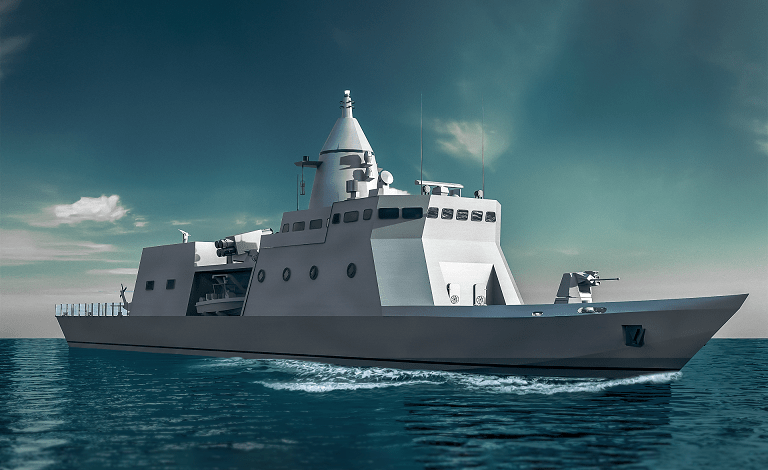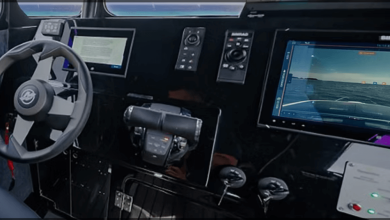
ADSB Launches Groundbreaking 92-Meter Corvette Concept at LIMA 2023
EDGE organization, ADSB, a frontrunner in the design, construction, repair, maintenance, refit, and conversion of naval and commercial ships, today unveiled the launch of a 92 metre Corvette, a swift and formidable forefront vessel, expertly designed by ADSB in the UAE.
The shipbuilding firm based in Abu Dhabi disclosed the announcement at the Langkawi International Maritime and Aerospace Exhibition (LIMA 2023), currently taking place in Malaysia until 27 May.
Engineered, constructed, and outfitted to execute a diverse array of coastal missions, the versatile multi-domain vessel boasts a helicopter deck and hangar, capability for unmanned aerial vehicle (UAV) operations, two rigid hull inflatable boats, an assortment of combat systems, electronic warfare (EW) technologies, and an extensive range of countermeasures. With stealth characteristics and ballistic defense, it provides advanced surveillance and protection capabilities across aerial, surface, and EW realms in the near-shore environment.
David Massey, Chief Executive Officer of ADSB, stated: “Introducing the 92 metre corvette in conjunction with LIMA 2023 signifies a major milestone for us as we reinforce our dedication to the Southeast Asian markets and broaden our product range to address the needs and challenges faced by navies and coastguards globally. ADSB is showcasing impressive advancements in collaborating with its strategic partners, fabricating, and exporting world-class vessels, and we eagerly anticipate demonstrating its capabilities and engaging with potential clients during LIMA.”
Powered by combined diesel and diesel (CODAD) engines, it reaches an impressive speed of 28 knots and achieves an operational range of over 4,500 nautical miles at cruising velocity.
Participants at LIMA are encouraged to visit EDGE and its collaborating entities at stand A07 at the Mahsuri International Exhibition Centre (MIEC) in Langkawi, Malaysia.







